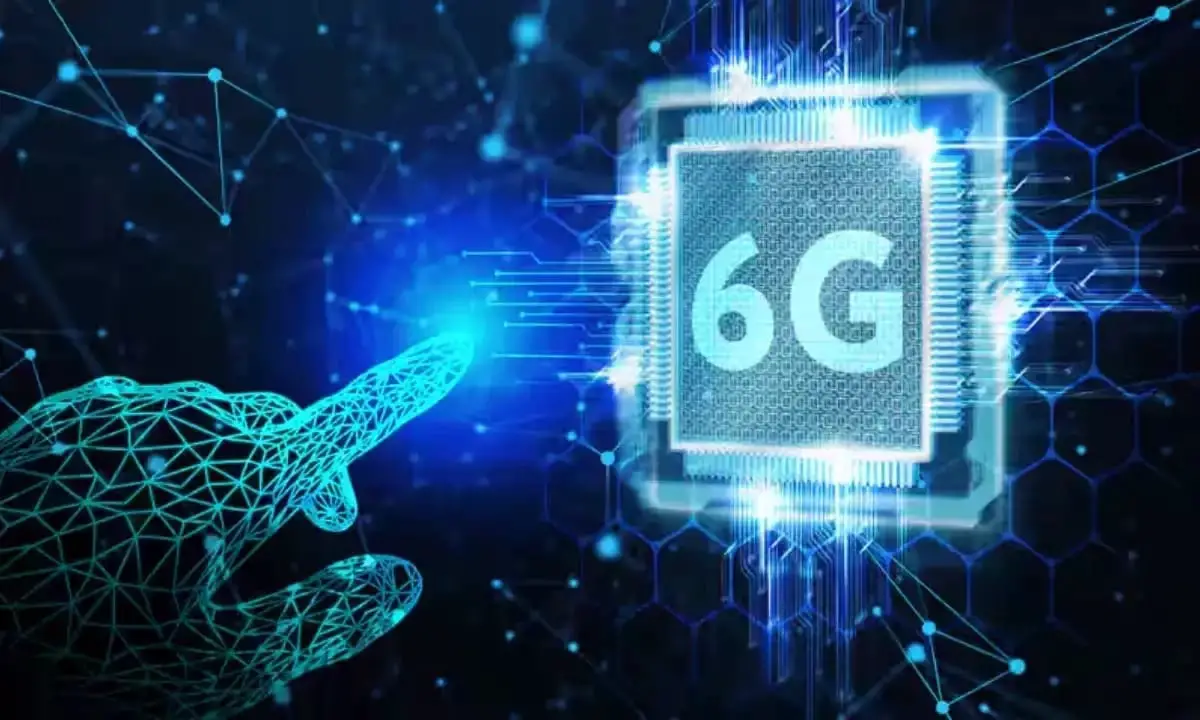Global connectivity is going to take a revolutionary leap, as the dependency on data and interconnectivity is growing rapidly. The networks used today are at capacity, hence this new development termed as 6G technology, holds a huge potential to completely transform the way people connect and interact with the world around them. This refers to the nature of revolutionary changes that 6G networks can bring. It starts with the inadequate provisions in the current networks. Inadequate in terms of power and adaptability, we express the imperative need for an infrastructure platform to accomplish the task. The current technology, which is part of 6G, introduces its own important features and characteristics as it enters a higher connectivity regime. This has increased to such an extent that, everywhere around the world, a tremendous amount of data demand is being experienced for connectivity, which requires the complete dependability of the flow of live communication.
Bandwidth-intensive applications such as VR, as well as the expansion of the Internet of Things and cloud-based operations, are putting new limits on the available network infrastructure, and therefore, it may be the successor to 5G technology, known as 6G, which is a technological advancement for next-generation wireless communications that promises to circumvent the challenges of networks that are redefining communications worldwide. 6G will change the way in which one engages with the world fundamentally. The concept of millions of devices constantly interchanging data with each other in real-time can unlock doors to new growth paths for healthcare, transportation, and even manufacturing industries.
6G Redbrand What the world needs to know about global connectivity to unlock a hyperconnected future. 6G networks are just one of many possible ways to a hyperconnected future. Shifting towards a 6G-powered future will be very difficult. It requires infrastructure development, spectrum allocation, and security. Synergy with artificial intelligence is the driving force. It is going to be the brain of these 6G networks, optimizing its performance, and thus bringing forth intelligent self-healing capabilities. 6G will be the nervous system for AI: high-speed data transfer and large capacity, needed to be required by complex AI applications.
The development and deployment of 6G networks will take many years; the first commercial deployments are expected over 2030. What is being laid out today is promising a future in which connectivity is seamless, intelligent and empowering for us to explore the true edge of a hyper-connected world. That is, 6G is more than just high-speed downloads; it will evolve towards a future whereby everything lives and works differently; even with other connections outside the scope with real life. To be a world that is everything blurred and on both sides the physics-digital-farther in-between lines of the world do not limit creativity or growth.
Introduction
Introduction With the emergence of the sixth generation of wireless technology, 6G, more data transfer will be accommodated with higher optimization to transfer data at great speeds over our existing infrastructure of mobile networks. Thus, this new technology will have an even greater bandwidth capacity and lower latency than its close predecessor which is 5g as it will operate on a higher spectrum of frequency.
6G allows more devices to be connected simultaneously and delivers upload and download speeds that are better.
The next generation of wireless connectivity is 6G. Since the implementation of 5G is in its early stages, many users have already started waiting for the next generation of mobile networks. It is going to be a game-changer that is going to redefine global connectivity and unlock a new wave of technological advancement.
Some of the applications of satellite networks include meteorological data, resource monitoring, high-speed internet access, multimedia video, and earth imaging. The three primary goals of 6G technology are the integration of three types of satellites: weather information services for mobile users, high-speed Internet access, multimedia networks that provide worldwide positioning, and telecommunications. 6G networks were forecasted to revolutionize the way the world will be connected, with speeds, ultra-low latency, and larger capacities than they offer over the current generation of wireless technology.
In addition, the increased interconnection around the world means that there has never been a greater need for reliable and seamless connectivity. Tremendous mainstream applications will be available with 6G such as autonomous vehicles, virtual reality, telemedicine, and smart cities.
5G has exponentially increased the capabilities and speeds that their predecessors have used but also carries some demerits of its kind in certain segments: Limited coverage: The range of 5G signals – especially in the very high frequency bands – penetrates poorly inside buildings or from rural areas. This leaves a connectivity gap that deprives most users of the full 5G capabilities.
Capacity constraints: As more and more devices are hooked up to 5G networks, in highly populated areas, 5G networks become congested which makes speeds slow and dependability worst. Latency issues- Even though 5G is much better than the 4th generation, some sort of latency limitation of signal delays is also present. Some of these applications actually require this kind of real-time response, for example, driverless cars and remote surgeries. The need, now, becomes even greater as the system that connects the world needs to be future-proof, highly efficient, and extremely versatile. And this is exactly where 6G technology enters with an innovation that goes beyond mere expectations and actually changes how the world understands connectivity.
Read Also:
- Development Of 5G Technology
- Introduction To Mobile Technology
- 5G Technology Needs
- Introduction To 5G Technology
- A Review Paper On 5G Wireless Technology
- Overview Of Wi-Fi Technology
- Cell-Phone Technology
- Impact Of 5G Technology On Medical Access, Quality And Cost








Leave a Reply